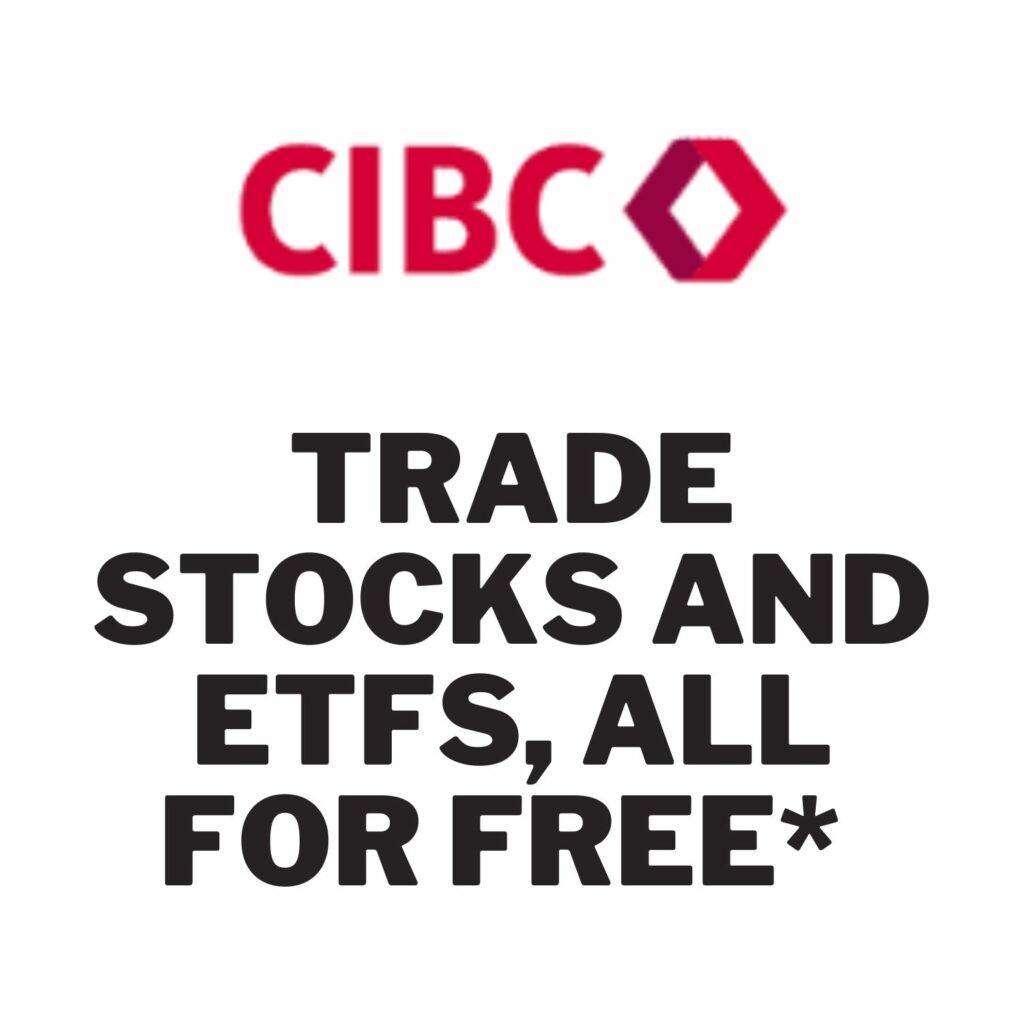Investment Objective
ENCL ETF seeks to provide, to the extent possible and net of expenses:
(a) Exposure to the performance of an index of Canadian companies involved in the crude oil and natural gas industry (currently, the Solactive Equal Weight Canada Oil & Gas Index). This index aims to offer diversified exposure to various companies in the Canadian energy sector, spreading out the investment risk.
(b) High monthly distributions of dividend income and call option premiums. To generate premiums, ENCL uses a dynamic covered call option writing program. While this strategy can enhance income, it also limits the potential for capital appreciation.

Magnified Growth Potential
ENCL aims to unlock the growth potential of Canadian oil and gas companies by using light leverage of 125%. This means for every dollar invested, the fund has $1.25 working in the market. This leverage can enhance growth potential and yield, but it’s important to note that it also increases the risk. The use of leverage means that while potential gains can be higher, potential losses can be magnified as well.
High-Income Potential
ENCL employs a covered call strategy to potentially enhance portfolio income while aiming to reduce volatility. By selling call options on its holdings, ENCL can generate additional income. This strategy can provide a cushion against market downturns, but it also means capping the upside potential of the investments. If the underlying stock prices rise significantly, the gains from those stocks may be limited due to the obligations of the call options.
Monthly Distributions
ENCL is designed to provide consistent monthly income along with potential long-term capital growth. This can be attractive for investors seeking regular cash flow. However, the reliance on covered call strategies and leverage means that the consistency and amount of these distributions can vary based on market conditions.
Management Expense Ratio (MER)
The management expense ratio (MER) of ENCL is 2.42%. This fee covers the costs associated with managing the ETF, including administrative expenses, and can impact the overall returns. Investors should consider whether the potential benefits of ENCL’s strategy outweigh the costs.
Risk Factors
1. Leverage Risk:
ENCL uses leverage to enhance returns, which also amplifies potential losses. In volatile markets, leveraged ETFs can experience significant price swings, leading to higher risk.
2. Market Risk:
ENCL’s performance is tied to the Canadian oil and gas industry. Any downturn in this sector, due to fluctuating oil prices, regulatory changes, or economic conditions, can negatively impact the ETF’s value.
3. Covered Call Strategy Risk:
While selling covered calls can generate income and reduce volatility, it also limits the upside potential. If the underlying stock prices rise significantly, the gains may be capped due to the call options sold.
4. Distribution Variability:
The consistency and amount of monthly distributions can vary based on market conditions and the performance of the covered call strategy. Investors should not rely solely on these distributions for their income needs.
5. High Management Expense Ratio:
With a MER of 2.42%, the cost of managing ENCL is relatively high. This fee can erode overall returns, especially in comparison to lower-cost ETFs.

Conclusion
ENCL offers exposure to the Canadian oil and gas sector with a strategy designed to enhance growth and income through leverage and covered call options. While these strategies can increase income and potential returns, they also introduce higher risk and can cap the upside potential. With a management expense ratio of 2.42%, investors should weigh these trade-offs and ensure that ENCL aligns with their risk tolerance and investment goals.

